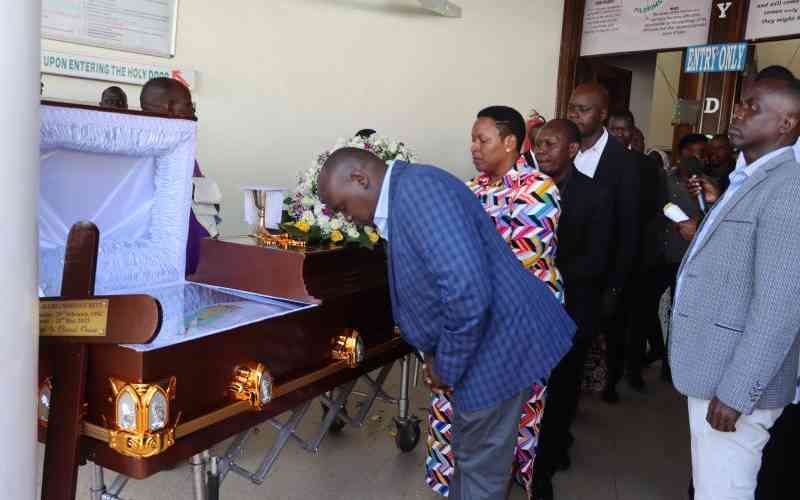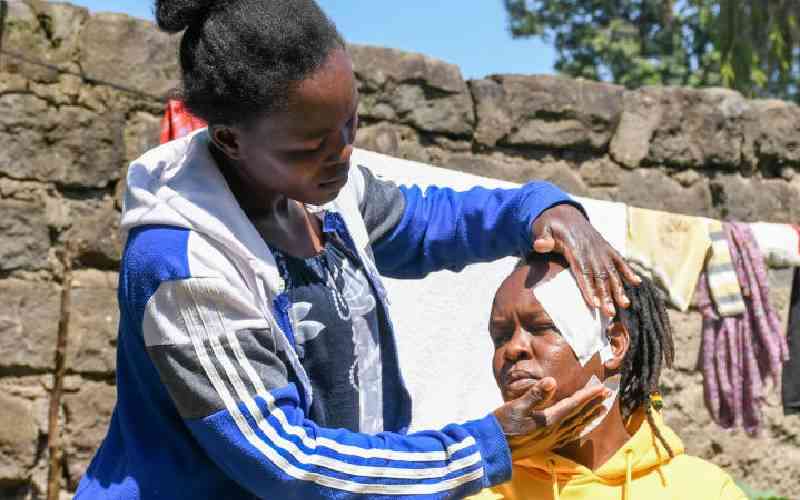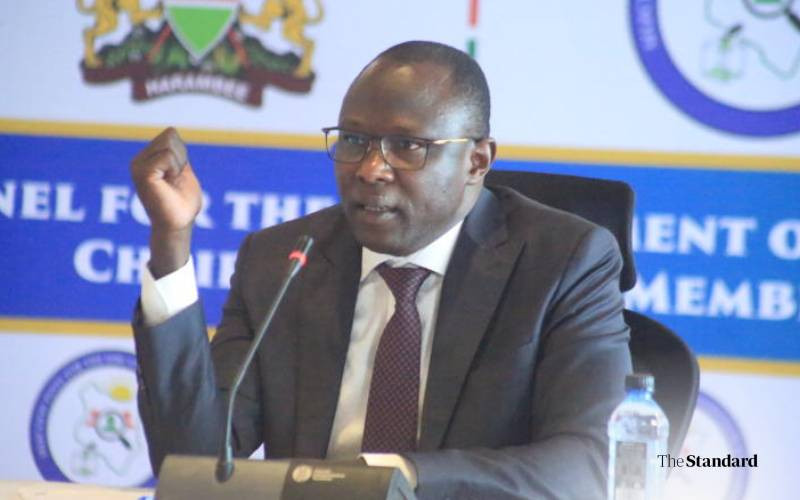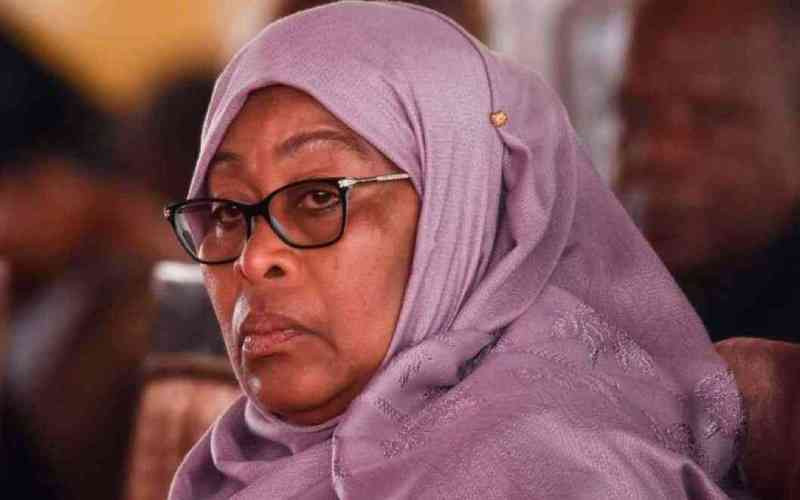By Ben Ahenda
On the western side of the slopes of Menengai Crater in Nakuru County lies a primary school whose origins can be traced to the colonial era.
Started in 1955, the school has changed its name twice and remains one of the academic legends of the vast Rift Valley. While many old schools continue to lose their past glory, this one has continued to post impressive grades in national examinations.
Today, the recently turned a semi boarding primary school is home to more than two thousand children.
At first it was called Lugard Primary School before it was renamed Lena Moi up to 1979, then Moi Primary school- after retired President Daniel arap Moi.
It is the only mixed public boarding Primary School in Nakuru Municipality. The other is St Mary’s Girls Primary School.
In the past, the only two boarding primary schools that served Nakuru County were Naivasha and Michinda Primary Schools in Naivasha and Elburgon respectively.
Boarding proposals
Moi Primary School is one of the few schools in the republic, which over the years has consistently maintained its grip on good performance, even beating the highly acclaimed private academies.
The school has two deputy head teachers and two senior teachers. A total of 36 regular teachers assist the head to refine the student population of 2,300 into better citizens.
It has 33 permanent built classes to serve the huge population.
In addition, there are 36 toilets to serve the numbers.
The Nursery section has 300 children. The balance is shared in the primary section with each class from Standard One to Seven having four streams, save for Standard Eight, which has five.
An average student population per stream is 55. This is not fully manageable if the strict students-teachers ratio per class was to be fully followed.
The decision to turn the institution into a boarding school arose from the desire by area residents to have more such schools within the Nakuru municipality.
Stay informed. Subscribe to our newsletter
Prior to that, many residents had taken the expensive route of enrolling their children in boarding schools outside the town.
“The proposals were carefully studied by the local authorities and education stakeholders before a final decision was made to implement them,” says the Headmaster, Charles Njoroge.
Before its approval, they needed facilities associated with boarding schools. This was also extensively deliberated between parents and teachers with the assistance of the School Management Committee. Ways of raising funds to jump-start the project were suggested.
Although the management has built a one-storey dormitory at a cost of Sh2.5 million, it has not been fully completed due to insufficient funds.
The dormitory, which accommodates 400 pupils, could be fully completed at a cost of Sh5.7 million. The first phase of the dormitory was constructed with the help of the Nakuru Town Constituency Development Fund.
Orphans
“We still need Sh3.2 million to complete the project,” says Mr Njoroge.
From the time the school was partially turned into a boarding school five years ago, its academic performance has tremendously improved.
Mr Njoroge says since the start of free primary education ten years ago, the pupil numbers have been overwhelming. Many parents want their children to join this school.
In 2011, the school emerged second in the Kenya Certificate of Primary Education (KCPE) examination after St Xavier’s Primary School, an academic giant whose track speaks volumes.
The head teacher says the school has a considerable number of orphans who cannot afford the some of the programmes offered.
“For those who cannot afford our lunch programme, we allow their parents and guardians to bring them food from home,” he says.
The head teacher says the facilities to support the huge population are still inadequate.
He says the role of Nakuru Municipal Council, which owns the institution, is to build classes. The last time the municipality constructed a classroom was 25 years ago.
Mr Njoroge says they have made a formal request to the area councillor for additional facilities.
The school, located in the affluent Milimani estate serves surrounding estates like London, Bangladesh, Free Area, Shabab and Langa Langa.
In 2010, out of a total candidature of 240, 12 pupils scored 400 marks and above.
In 2008, the school produced 19 pupils scoring over 400 marks and above. The mean mark was 319 out of a possible 500.
One of the reasons that has made the school remain a top performer is the early completion of the syllabus by the teachers. It gives them time for revision.
 The Standard Group Plc is a
multi-media organization with investments in media platforms spanning newspaper
print operations, television, radio broadcasting, digital and online services. The
Standard Group is recognized as a leading multi-media house in Kenya with a key
influence in matters of national and international interest.
The Standard Group Plc is a
multi-media organization with investments in media platforms spanning newspaper
print operations, television, radio broadcasting, digital and online services. The
Standard Group is recognized as a leading multi-media house in Kenya with a key
influence in matters of national and international interest.
 The Standard Group Plc is a
multi-media organization with investments in media platforms spanning newspaper
print operations, television, radio broadcasting, digital and online services. The
Standard Group is recognized as a leading multi-media house in Kenya with a key
influence in matters of national and international interest.
The Standard Group Plc is a
multi-media organization with investments in media platforms spanning newspaper
print operations, television, radio broadcasting, digital and online services. The
Standard Group is recognized as a leading multi-media house in Kenya with a key
influence in matters of national and international interest.








